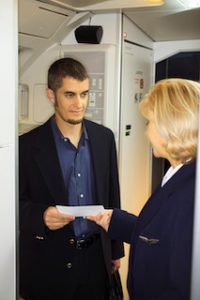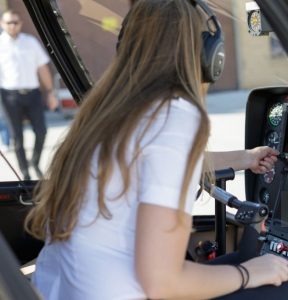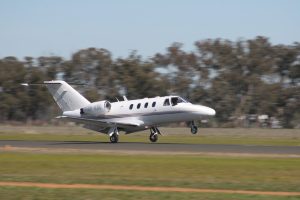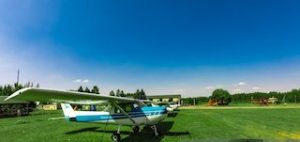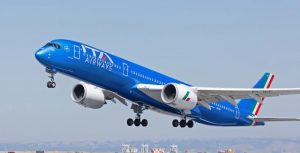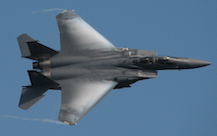Cost Of Courses For Flight Attendant
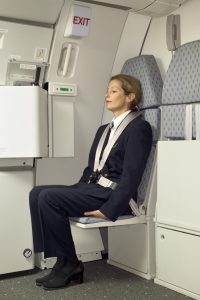 Pursuing a career as a flight attendant is an exciting and rewarding path for many individuals. However, before embarking on this journey, it’s crucial to understand the costs and duration involved in courses for flight attendants. This article provides a comprehensive overview of what you can expect when considering flight attendant training, including factors that influence costs, different course durations, and tips for selecting the right program for your needs.
Pursuing a career as a flight attendant is an exciting and rewarding path for many individuals. However, before embarking on this journey, it’s crucial to understand the costs and duration involved in courses for flight attendants. This article provides a comprehensive overview of what you can expect when considering flight attendant training, including factors that influence costs, different course durations, and tips for selecting the right program for your needs.
Why course for flight attendant are essential
Courses for flight attendant are designed to equip aspiring attendants with the necessary skills and knowledge to ensure passenger safety and satisfaction. These courses typically cover a wide range of topics, including:
- Safety protocols
- Emergency procedures
- Customer service skills
- Cultural awareness
- First aid and CPR training
Understanding these elements is crucial not only for passing certification exams but also for effectively performing duties once employed.
Factors influencing the cost of flight attendant courses
When exploring courses for flight attendants, the cost can vary significantly based on several factors:
1) Type of program
The type of flight attendant program you choose will greatly influence the cost. There are various options available, including:
-
- Community colleges and universities: Many educational institutions offer degree programs in aviation that include flight attendant training. These programs often provide a well-rounded education but can be more expensive due to tuition fees.
- Private flight attendant schools: Dedicated flight attendant training schools typically offer shorter, intensive programs. While they may be less comprehensive than university courses, they can provide focused training at a lower cost.
- Online courses: Some institutions offer online training programs for flight attendants, which can be more affordable and flexible. However, be sure to verify their credibility and the quality of training provided.
2) Location
The location of the flight attendant school can also impact the cost. Training programs in metropolitan areas or regions with a high cost of living may charge higher tuition fees compared to those in rural areas. Additionally, schools situated near major airports may have more industry connections, which can enhance the training experience but may also lead to higher costs.
3) Course duration
The duration of the course will directly influence the overall cost. Longer programs typically cost more due to extended instructional hours and resources. However, shorter courses may provide intensive training that can lead to quicker job placement.
4) Included materials and fees
Be sure to check what is included in the course fees. Some programs may provide textbooks, uniforms, and other materials, while others may charge extra for these items. Additionally, look for any hidden fees, such as registration or examination fees, which can add to the overall cost.
5) Certification and licensing
Most flight attendant courses prepare students for certification exams, which may come with their own costs. Ensure you factor in these fees when considering the total investment in your training.
Average costs of flight attendant courses
Understanding the average costs associated with flight attendant courses can help you budget effectively. While prices can vary, here are some general guidelines:
- Community college and university programs: Courses at community colleges and universities typically range from $2,000 to $10,000 per year. Programs that offer an associate degree or a bachelor’s degree in aviation management or related fields may fall on the higher end of this spectrum, often due to additional coursework.
- Private flight attendant schools: Private flight attendant training schools usually charge between $1,500 and $6,000 for their programs. These courses are often shorter, typically lasting from a few weeks to a few months, and focus primarily on the essential skills needed for the role.
- Online flight attendant courses: Online programs can be more affordable, with costs generally ranging from $500 to $3,000. These courses offer flexibility but may not provide the hands-on experience that in-person training does. It’s essential to ensure that the program includes practical training opportunities.
- Certification and examination fees: Certification fees can vary by organisation but generally range from $200 to $500. This cost often covers the examination and any necessary materials required for certification. Some schools include this fee in their overall tuition, while others may charge it separately.
- Additional costs: When budgeting for flight attendant training, consider additional costs such as:
-
- Uniforms: Many schools require specific uniforms for training, which can cost between **$100 and $300.
- Books and materials: Textbooks and study materials can add another **$100 to $500** to your total expenses.
- Transportation: If your training program is not local, you’ll need to account for travel and accommodation expenses.
Duration of flight attendant courses
The duration of flight attendant courses can vary widely based on the type of program you choose. Here is a breakdown of typical course lengths:
- Short-term programs: Many private flight attendant schools offer short-term training programs ranging from 4 to 12 weeks. These intensive courses focus on essential skills, preparing students for immediate entry into the workforce. While these programs are quicker, they often require significant commitment and focus to complete successfully.
- Community college and university programs: Degree programs at community colleges and universities typically last longer, often requiring 1 to 2 years to complete. These programs usually cover a broader range of topics, providing a more in-depth education. Graduates may also receive an associate or bachelor’s degree, which can enhance their job prospects.
- Online courses: The duration of online flight attendant courses can vary based on the pace of study. Many programs allow students to complete coursework at their own speed, which can lead to durations ranging from a few weeks to several months. While this flexibility is beneficial, it requires self-discipline to stay on track.
- Training for specific airlines: Some airlines offer their own training programs for newly hired flight attendants, which typically last 4 to 8 weeks. These programs focus on the airline’s specific policies, procedures, and customer service expectations. While this training occurs after you are hired, it is crucial to understand that airline-sponsored training can be a significant part of your overall preparation for the role.
Tips for choosing the right course for flight attendant training
Selecting the right course for flight attendant training is vital for your success in the industry. Here are some tips to help you make an informed decision:
- Assess your goals: Determine your career goals and how they align with the type of training you want. If you are looking for a quick entry into the workforce, a short-term program may be ideal. However, if you seek comprehensive education, consider a longer program at a community college or university.
- Research schools thoroughly: Take the time to research various flight attendant schools and their programs. Look for reviews, alumni testimonials, and information on job placement rates. A school with a strong reputation and successful graduates can provide a solid foundation for your career.
- Visit schools if possible: If you can, visit potential schools to get a feel for their facilities, instructors, and overall atmosphere. Meeting with current students or alumni can provide valuable insights into the program’s quality.
- Compare costs and benefits: Create a list of schools that meet your criteria and compare the costs associated with each program. Consider what is included in the tuition and the overall value of the training offered.
- Consider financial aid options: Investigate financial aid options, including scholarships, grants, and student loans. Many flight attendant programs offer financial assistance, making training more accessible.
Cost vis-a-vis duration
Embarking on a career as a flight attendant can be a fulfilling and exciting journey, but it is essential to understand the costs and duration involved in flight attendant courses. By considering factors such as the type of program, location, and included materials, you can better prepare for this investment in your future.
The average costs of flight attendant courses range from $500 to $10,000, depending on the type and duration of the program. Short-term courses typically last from 4 to 12 weeks, while community college programs may take 1 to 2 years to complete.
Ultimately, thorough research and thoughtful decision-making are crucial in selecting the right flight attendant training program for you. With the right preparation and training, you can take to the skies and embark on a rewarding career as a flight attendant. Your journey begins with understanding the costs and time commitments involved in this exciting field.


